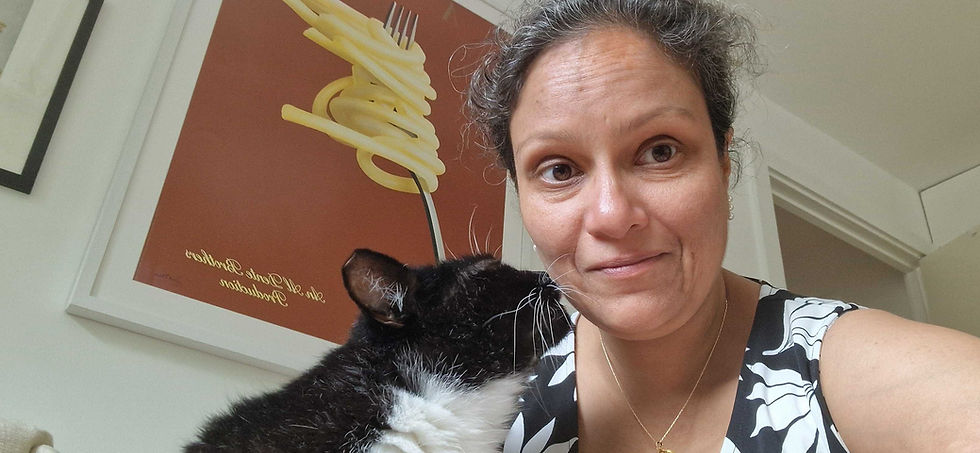Delivering the (Portfolio) Goods
- Rupa Datta

- Jan 19, 2020
- 3 min read
Guest post by Bernard CrouchFifteen years ago I finally made the leap to being a portfolio worker. I had previously read Charles Handy’s book and marvelled at the idea, which at the time was still an unusual concept!My background was primarily sales with a sprinkling of engineering, marketing and PR, my last FTE was at a small workplace consultancy where I won new business and also had a major input into our website, press releases and image bank.Getting started is a leap of faith, of finances and trust in ones own ability to juggle the winning of new business, maintain an online profile and ‘deliver the goods’ to clients whilst life, conspires to distract us.Here are a few tips;Buffer Fund Often portfolio work starts off with work from a recent employer that almost immediately is providing steady income, however this is likely to end at some point, it may be that you have several other income sources by then, however the recommendation is to calculate what income you need to survive on each month, covering essential outgoings including those incurred as part of your work. This monthly amount times three is your buffer fund, if work has tailed off and you have bills to pay, then the fund is there and all being well you’ll have new income streams before three months of dipping into the fund is up.Day Rate Your day rate should reflect what you would expect to earn, allowing that you need to pay tax, have a holiday or two and be able to fund all business related items. A failing that clients often make is to take the annual salary of an employee and divide it by say 220 days (average working year) and then offer that as a day rate. As a portfolio worker you of course have many additional costs, not least days with no income and of course no earnings if you are sick or on holiday for example. So I suggest you take your ideal daily earnings and add in the region of 32% and there is your daily rate. Clients have a tendency to ask for a discount, it’s worth being prepared for this with various options that ensure that you don’t end up out of pocket.InvoicingIt is a good idea to get into a routine with invoicing, but also to make sure that you always chase any unpaid invoices once they are due. Small businesses or individuals often suffer from late payment, so sending out regular reminders should help to get that money in! There is some excellent accounting software available which will help to ease what many of us find to be something of a chore!NetworkingI have always won my new business by networking. This can be a challenge when the work is streaming in and you are working every hour available, but getting along to events and especially meeting new people is really important, talking to people finding out what they do and how you might be able to help them one day and hopefully in turn that they also might be able to help you one day.Delivering Key to building a long lasting and successful portfolio is ensuring that you deliver what your client has requested, meeting all of the agreed deliverables. Whenever possible I list these as part of my proposal and it is worth revisiting these to ensure that you are on track and that you haven’t started to suffer from project/mission creep.When a client is happy with my work I generally ask both for a reference and also that they pass my details on to anyone they know who might be looking for similar services. Winning new work when you have been highly recommended cannot be beaten.With thanks to Bernard Crouch of Acumen FM, Facilities & Workplace Management Consultants




Comments